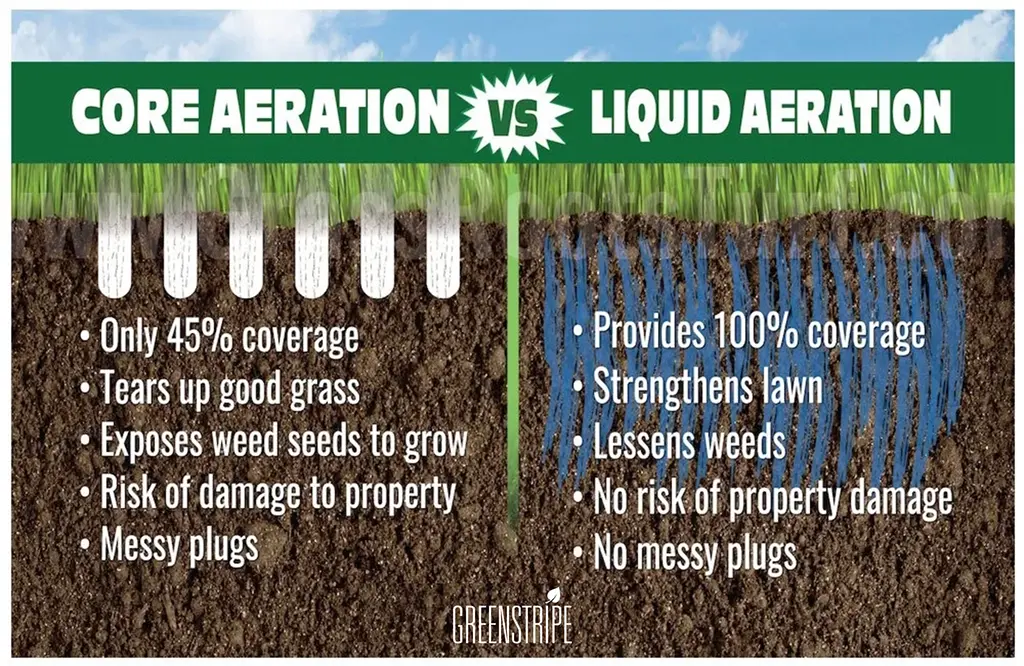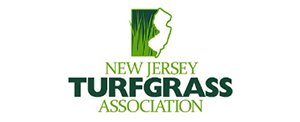A healthy, lush lawn isn’t just a matter of pride; it’s a crucial component of your home’s ecosystem and curb appeal. Among the many techniques for maintaining such a vibrant lawn, aeration stands out as a critical practice. But when it comes to choosing between core and liquid aeration, homeowners often find themselves at a crossroads. This blog explores these two popular aeration techniques, offering insights to help you make the best choice for your lawn.
Understanding Aeration
Aeration combats common lawn issues such as soil compaction, poor air exchange, inadequate water and nutrient penetration, and weak root systems. These problems can make your turf more susceptible to disease, drought, and insect problems. By introducing more air into the soil, aeration helps to improve its overall health and resilience.
Core Aeration
Core aeration involves mechanically removing small plugs of soil from your lawn to create space for air, water, and nutrients to penetrate the soil’s surface. This method is particularly effective because it physically disrupts the soil, alleviating compaction and encouraging deeper root growth. Core aeration is best performed during the fall when the lawn is actively growing and recovery is optimal. However, it does require follow-up care such as overseeding and watering to maximize the benefits.
Liquid Aeration
Liquid aeration, on the other hand, involves the application of a liquid solution that breaks apart the soil at a microscopic level. This method does not remove any soil but works by creating small fissures and pores through which nutrients and water can enter. One of the key advantages of liquid aeration is that it causes minimal disruption to your lawn and does not leave unsightly soil plugs on the surface. Additionally, it can reach deeper than core aeration, potentially offering longer-lasting benefits.
Core vs. Liquid Aeration – A Comparison
- Effectiveness: Core aeration is highly effective on heavily compacted soils, whereas liquid aeration might be better suited for maintenance and less compact soils.
- Seasonal Considerations: Both methods can be performed in spring or fall, but core aeration typically shows the best results in the fall due to lower risk of heat stress and better moisture conditions.
- Long-term Benefits: Core aeration has a more immediate impact on improving soil structure, while liquid aeration’s benefits may increase over time with repeated applications.
- Cost and Availability: Depending on your region and the size of your lawn, the costs can vary. Core aeration might be more labor-intensive and thus costlier, whereas liquid aeration could be a more budget-friendly option over time.
So, which is best for me?
Choosing between core and liquid aeration depends largely on the specific conditions of your lawn and your long-term maintenance goals. For heavily compacted soils or those requiring immediate improvement, core aeration may be the way to go. For lawns that need less intensive care or where budget constraints are a consideration, liquid aeration offers a viable alternative.
Ready to breathe new life into your lawn?
Contact GreenStripe today to discuss which aeration technique is right for you. Serving New Jersey areas like Cranford, Scotch Plains, Summit, and Westfield, we’re here to help you achieve the lush, healthy lawn of your dreams.



